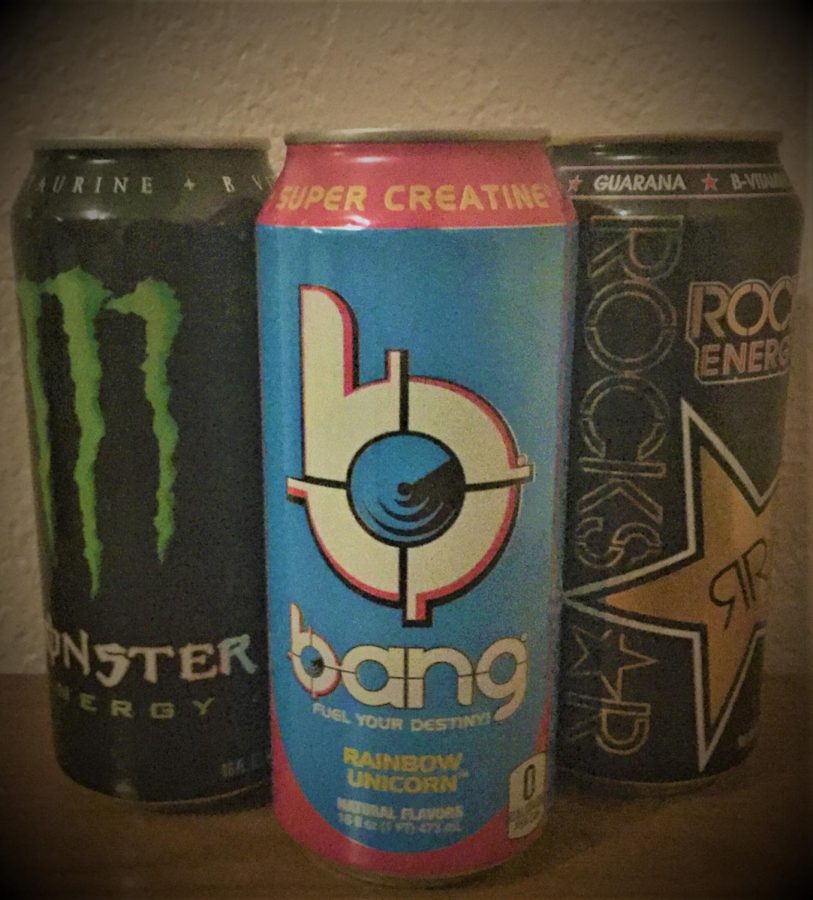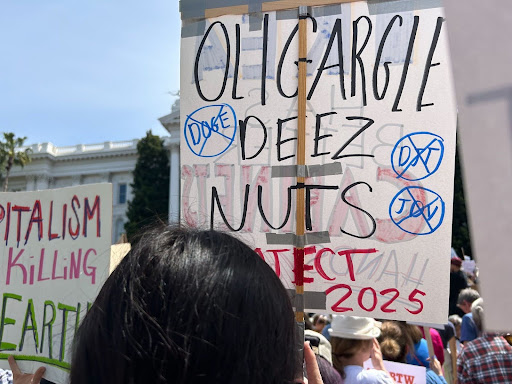The Science Behind the Drink
What makes energy drinks so addictive to students?
Bangs, Monsters, and Rockstars are popular energy drinks that are consumed by many students at Oakmont. Sadly, those students have no real idea of what is in those drinks, as well as what makes them so addictive.
“I would encourage students to get more sleep and eat a healthier diet in substitution to energy drinks,” Oakmont’s own Rebecca Fielder RN MSN said.
Two of the main ingredients in energy drinks are glucose and caffeine. Glucose is a type of sugar that is absorbed into the bloodstream, combines with insulin and enters the muscles and brain. Caffeine stimulates the central nervous system, increase alertness and can provide increased energy for powerful workout routines.
“I’m not a fan of energy drinks honestly,” science teacher Robert Opel said. “I’ve never had a low resting heart rate, so anytime that I’ve had an energy drink, my heart pumps like crazy. I understand the appeal because of the ‘energy’ that you get from the caffeine and sugar, but it just isn’t my thing. I am also concerned with the health factors associated with high sugar products, but that hasn’t stopped me from consuming other high sugar products in moderation.”
Energy drinks contain high levels of sugar or high fructose corn syrup, which can lead to diabetes and obesity. Many energy drinks also contain more caffeine than you need and is the culprit of a whole spray of health issues including but not limited to: digestive issues, dizziness, irritability, nausea, dehydration, withdrawal, and headaches.
“I love it, I am addicted,” junior Emilie Anhaiser said.
Energy drinks have both good and bad factors to them. However, it is up to the person drinking them to decide on what goes into their bodies.
“I like Red Bull mostly; it has the least amount of caffeine,” Anhaiser said. “I don’t think I can live without them.”
All information found at WebMD and Heathfully.

Claire Arnold is a fourth year staff member as well as a third year designer for Norse Notes. She also currently serves as the Business Manager. In her...









